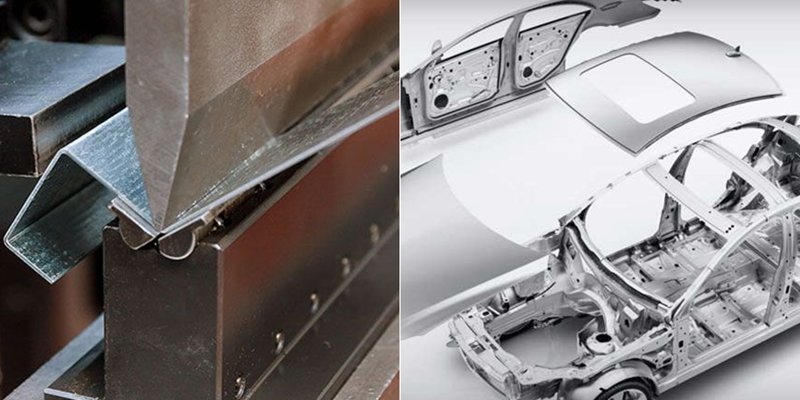- January 19, 2024
Automotive sheet metal fabrication is a set of manufacturing techniques with high precision that enables the automotive industry to grow and produce quality parts while supporting its innovation.
Making an informed decision about using automotive sheet metal fabrication comes from understanding the process. As a result, this article discusses car sheet metal manufacturing and how you choose it to make automotive parts.
Why Choose Sheet Metal Fabrication in the Automotive Industry?
The automotive industry relies on several manufacturing methods, with sheet metal fabrication one of the most common. Below are a few reasons why the industry chooses these techniques.
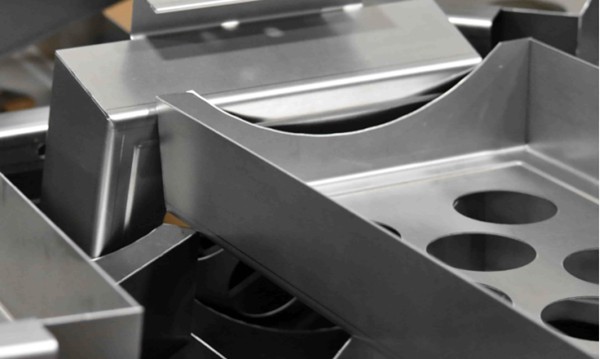
Design Flexibility
Sheet metal fabrication allows manufacturers to produce parts with complex and intricate shapes. The auto part industry needs modern automotive parts to meet the increasing design requirements, which can be effectively managed using sheet metal fabrication techniques.
The introduction of computer-aided design (CAD) technology into sheet metal fabrication in the automotive industry also improved the precision and accuracy of the manufacturing process. As a result, there is reduced worry about part fitting and alignment during the assembling process.
Material Versatility
Sheet metal fabrication has different techniques, each compatible with different metals and their alloys irrespective of their properties. This exposes auto part manufacturers to wider materials, allowing them to choose the best based on properties, cost, and application requirements.
Precision and Accuracy
Automotive sheet metal fabrication techniques are precise, with processes such as laser cutting, plasma cutting, bending, welding, etc., allowing you to create tight-tolerance parts. Furthermore, incorporating a CNC system can improve precision and accuracy. As a result, it is possible to ensure high repeatability during prototyping or mass manufacturing.
Lightweight Parts
From its name, sheet metal fabrication works with metal. As a result, auto manufacturers that use lightweight materials, such as aluminum and high-strength steel, can use the material due to its immense compatibility with the materials.
Using a lightweight material will reduce the weight of auto parts. As a result, there is a lesser carbon footprint and lower energy requirement in moving the car. You can make thin, light car parts with sheet metal fabrication without affecting structural integrity.
Cost-Effective Production
Automotive sheet metal fabrication excels in cost-efficient production as it allows the mass production of high-quality parts at low costs. Also, incorporating machine technology makes the process precise and repeatable. This reduces human error and minimizes waste.
Furthermore, sheet metals are readily available, making them a low-cost option. As a result, auto manufacturers can reduce production costs, make car parts cheaper, and make repair and replacement easier.
Types of Sheet Metals Used in Automotive Fabrication
Choosing the right metal for the automotive industry will affect the quality, safety, and application of the intended auto part and overall performance. Common sheet metals in the automotive part industry include:
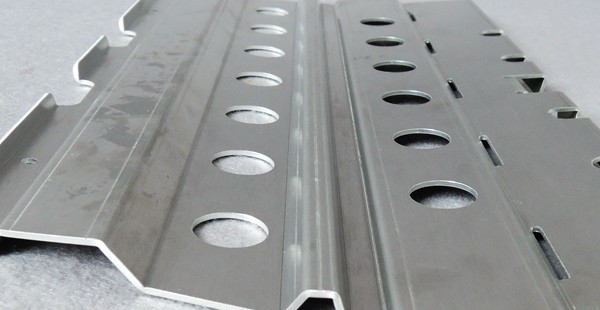
Aluminum
Aluminum is lightweight and corrosion-resistant, arguably the most common material in auto sheet metal parts due to its high strength-to-weight ratio. Due to the high strength-to-weight ratio, car parts and the final car products have lesser weight.
This has a lot of desired effects, such as reduced carbon footprint due to the lesser fuel use. Furthermore, car parts do not lose their structural integrity. Aluminum car sheet metal parts include hoods, doors, and fenders, etc.
Stainless Steel
Stainless steel is a corrosion-resistant, durable, and aesthetically pleasing part with common application in the auto industry. Common auto parts using stainless steel sheet metal include exhaust pipes, body panels, and seat frames.
Cold Rolled Steel
Cold-rolled steel is popular in the auto industry due to its strength, surface finish, and dimensional accuracy. Common auto parts using sheet metal include door panels, frame rails, brackets, and interior components like seat frames and dashboard structures.
Galvanized Sheet
Galvanized zinc sheets are metal alloys subjected to galvanization, making them more corrosion-resistant. Hence, it applies to making auto parts such as car chassis body panels.
Titanium
Titanium is a strong sheet metal for car components subjected to heavy loads and impacts. Furthermore, its corrosion resistance makes it suitable for auto parts subjected to harsh conditions. Automakers also use high heat resistance to make car components in heat-producing environments. Nevertheless, titanium is a highly costly material, generally used to customize high-end automotive parts.
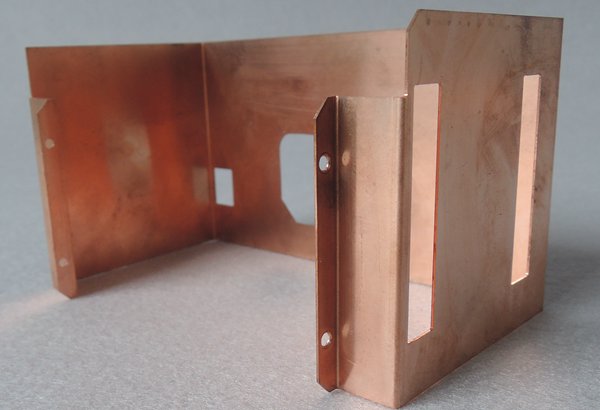
Copper
Copper’s excellent electrical conductivity suits interior auto parts such as electrical connectors. Furthermore, its high thermal conductivity makes it the sheet metal for car parts like heat exchangers and radiators.
Magnesium
Magnesium is another lightweight sheet metal for cars that can replace aluminum due to its excellent strength-to-weight ratio. Furthermore, it has excellent thermal conductivity. Common magnesium parts include steering wheels, instrument panels, and transmission cases.
Sheet Metal Fabrication Techniques for Automotive Parts
Sheet metal fabrication comprises a wide of techniques for making parts with unique shapes using a unique mechanism. Some of these techniques are considered during the automotive sheet metal design process.
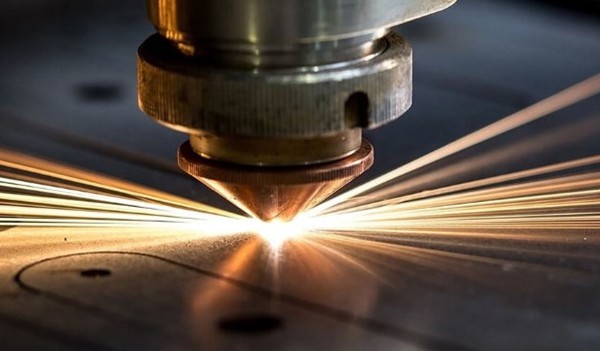
Automotive Sheet Metal Cutting Techniques
These techniques are suitable for cutting sheet metal parts into smaller parts of different dimensions. Laser, plasma, and shearing are common cutting techniques for sheet metal auto parts.
Laser Cutting
Sheet metal laser cutting is a common automotive sheet metal technique due to its high precision. It uses a focused laser beam to melt, vaporize the sheet metal, and leave a clean cut.
With CNC incorporation, laser cutting becomes more precise and accurate. Hence, suitable for auto parts with complex designs. Furthermore, it is compatible with many materials and commonly used in making auto parts such as body panels and engine components.
Plasma Cutting
Plasma cutting uses plasma (high-velocity ionized gas) to melt and blow a metal sheet, leading to the cutting action. It is suitable for cutting thick metal sheets, making it applicable in cutting sheet metal used in making auto parts such as car frames.
Shearing
Shearing involves using a shearer, which exerts a downward force on the sheet metal to enact a cutting action.
Unlike laser and plasma cutting, shearing is a less precise method. Hence, it suits automotive parts that do not require tight tolerance. Examples include brackets and supports.
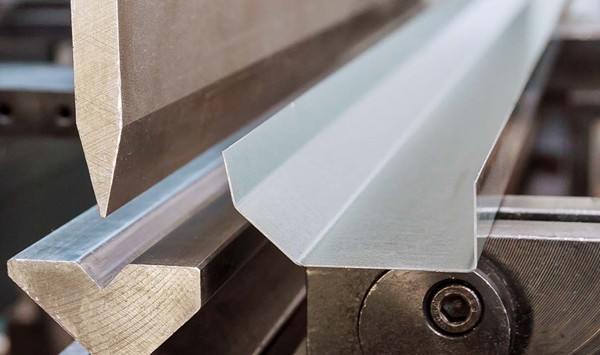
Automotive Sheet Metal Forming Techniques
Forming techniques such as bending and stamping allow you to shape materials to form the right auto part.
Bending
Sheet metal bending is a common technique that uses a press brake machine to deform a sheet metal and create angles and curves. The machine can apply force at predetermined points on the sheet metal to form the required shape/design.
The bending technology in terms of complex designs makes it suitable for auto components like brackets, frames, and doors.
Stamping
Stamping or pressing is another automotive sheet metal fabrication technique that allows you to create an auto part by pressing the sheet metal into the die.
There are several sheet metal stamping processes, such as blanking, punching, and embossing. Stamping is suitable for creating high-volume auto parts like body panels and brackets.
Automotive Sheet Metal Joining Techniques
Joining techniques in the automotive industry, like welding and riveting, are the most common sheet metal fabrication techniques in the automotive part manufacturing industry:
Welding
It is an automotive sheet metal fabrication process that uses heat to join two or more materials. Common welding techniques include spot welding, MIG welding and TIG welding.
Sheet metal welding is suitable for joining similar materials. It is highly compatible with many materials and can create strong and durable auto parts. Aside from that, it is fast and efficient, hence its suitability in making structural auto parts such as car chassis, frames, and body panels.
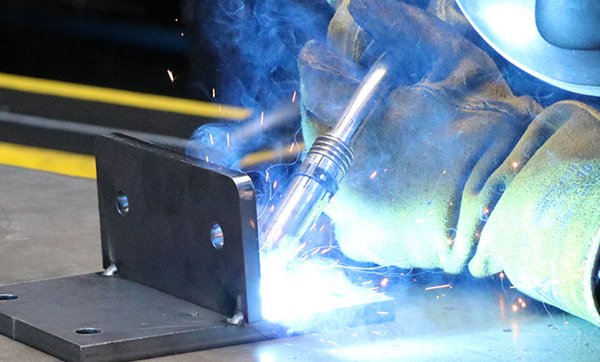
Riveting
Riveting is a common sheet metal joining technique for joining two dissimilar metals. It involves creating a hole in both sheet metal, aligning the two parts, inserting a rivet in the holes, and deforming the rivet to secure the joint.
It is a cold joining process that creates a strong and permanent joint. It is suitable for joining auto sheet metal parts made of dissimilar materials that require strength and durability
Applications of Sheet Metal Fabrication Parts in the Automotive Industry
Sheet metal fabrication techniques in the automotive industry are applicable in three main ways: car customization, construction, or restoration.
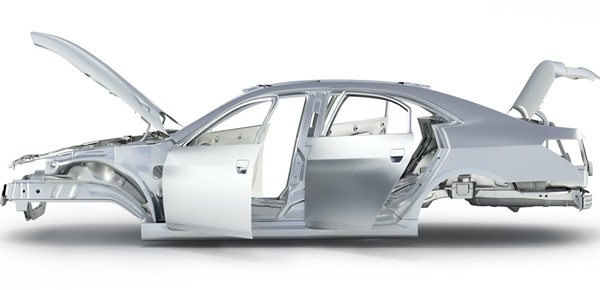
Car Bodies and Frames
Car metal fabrication techniques are suitable for making car bodies and frames. These car parts require high structural integrity and a precise manufacturing process irrespective of design and material.
With sheet metal fabrication, you can work with strong but light materials like high-strength steel and aluminum alloys and make strong car bodies and frames.
Car Customization
Auto part manufacturers can make customized parts for different vehicles with car metal fabrication. As a result, it is easier to target and appease the different customer personalities.
With techniques such as welding and riveting, manufacturers can tinker with parts, creating custom body kits, exhaust systems, grille guards, fender flares, and even chassis.
Vintage Car Restoration
Automotive sheet metal fabrication techniques also allow you to return classic vehicles to their original state. You can also use them to enhance the car’s body function, repair or replace damaged body parts, replace discontinued parts, and craft new interior components.
Challenges and Tips When Choosing Automotive Sheet Metal Fabrication
The automotive sheet metal fabrication industry is no exception to challenges, with businesses experiencing several obstacles when using the process. Here are two challenges and tips.
Maintaining Precision
One of the biggest challenges with automotive sheet metal fabrication techniques is maintaining precision during fabrication. Any slight deviation can lead to a defective part, affecting the assembling process. A better way to improve precision is by adhering to the standards and/or incorporating a CNC system in compatible techniques such as welding, laser, and plasma.
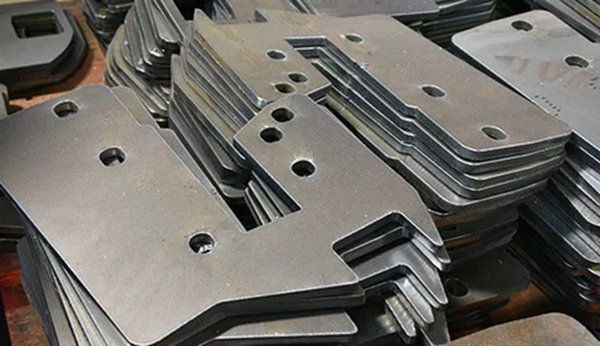
Ensuring Quality Materials
Getting quality material is another big challenge in sheet metal fabrication. A quality sheet metal should not have defects such as cracks, porosity, or warps, as they can compromise the part’s structural integrity. You can ensure the right quality material to choose a reputable material supplier.
Manufacturing Tolerances
Some automotive components require parts with tight tolerance, which leads to a higher cost of production. To ensure that parts meet this required specification, a good approach is to outsource to a reputable sheet metal fabrication service with the right machines to achieve that tolerance. By doing this, you avoid the high initial investment and production costs.
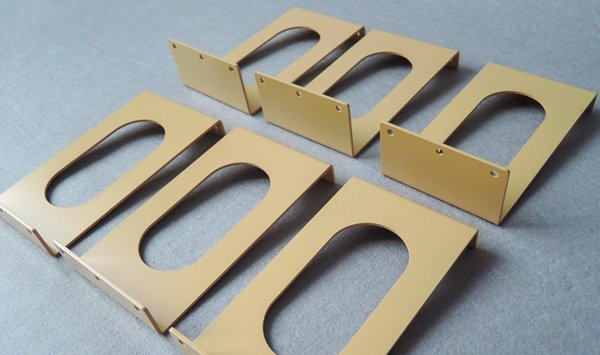
Experience Quality Sheet Metal Fabrication with WayKen
Sheet metal fabrication is a set of techniques the automotive industry uses in making quality and complex car parts. Aside from knowing about these processes, you need a quality-focused sheet metal fabrication service.
At WayKen, we have years of machining experience to ensure offering comprehensive solutions to cater to the demands of the automotive part manufacturing industry. Our knowledge of diverse sheet metal materials and rapid turnaround make us a reliable partner for your automotive sheet metal fabrication needs.
Conclusion
Precision, quality, and efficiency are critical in the automotive industry but achievable using sheet metal fabrication. As a result, this article discussed the process extensively so businesses can make informed decisions about using the techniques.
FAQs
How thick is automotive sheet metal?
Generally, automotive sheet metal comes 18-22 gauge thick. This is less than the original sheet metal used in other industries. The most common thickness is 20 gauge in thickness. A lower gauge number indicates a thick metal sheet.
What metals are used in the automotive industry?
The most common sheet metals in the automotive industry are aluminum and stainless steel. They have high durability, guaranteeing longevity and other unique properties influencing their applications.

